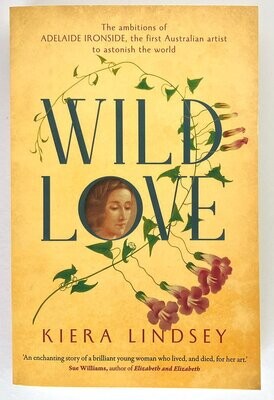Ethel Carrick Fox: Travels and Triumph of a Post-Impressionist by Susanna de Vries
Book Description
Secondhand. Very good condition. Minor wear to book corners and edges. Dust jacket has some light creasing at edges and spine. Interior and binding are also very good.
In 1996, Ethel Carrick Fox became Australia's highest-priced female artist to date when her painting of a French flower market sold at auction for $105.500.
She had been ignored for decades. Some of her unsigned works had been attributed to her more famous husband, Emanuel Phillips Fox, by unscrupulous art dealers who also accused her of forging her husband's name on her works in order to sell them at higher prices.
Carrick's life was just as colourful as her art. Born in 1872, she graduated from London's famous Slade Art School. She became fascinated by the work of Monet and Pissarro and produced impressionist views, which were shown at London's Royal Academy.
After marrying Australian Emanuel Phillip Fox, she settled in Paris with her husband. Paris was the centre of the art world. Young artists such as Picasso and Matisse were increasing the role of colour in art. Carrick, more daring than her husband, exhibited with Matisse and Derain, abandoning impressionism in favour of the colourful linear style we now call Post-Impressionism.
She and Emanuel painted in France and in North Africa before sailing to Melbourne. There she soon realized that her Jewish in-laws saw her as a shiksa, an outsider. They could not forgive her childless state and her belief that dignity in marriage depended on the woman's financial independence.
Hurt by their rejection, Carrick went to stay in a Theosophical commune at The Manor, Mosman, led by a handsome, scandal-prone guru, where she painted beach scenes around Sydney Harbour. World War I prevented Carrick and Emanuel's return to Paris.
After her husband's premature death, left without assets or a widow's pension, she travelled widely through India, Africa and France with the aid of Theosophist friends. She continued showing in prestigious Salons in Paris. She made a series of extended visits to Melbourne and Sydney, spending World War II in Australia and becoming a friend of Mary Gilmore. She died in Melbourne aged eighty.
Ethel Carrick Fox is an outstanding example of a highly talented and determined woman who refused to conform to the expectations of her era. This superbly illustrated biography aims to restore her rightful place in the canon of Australian and International art. (book flap)



